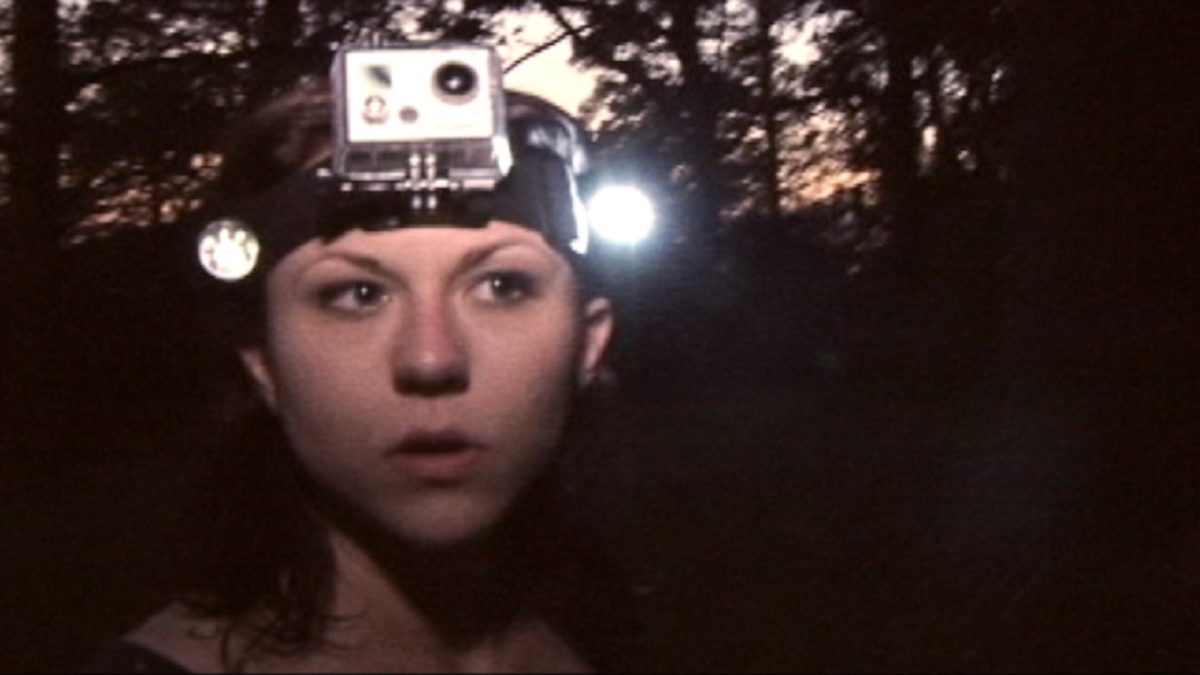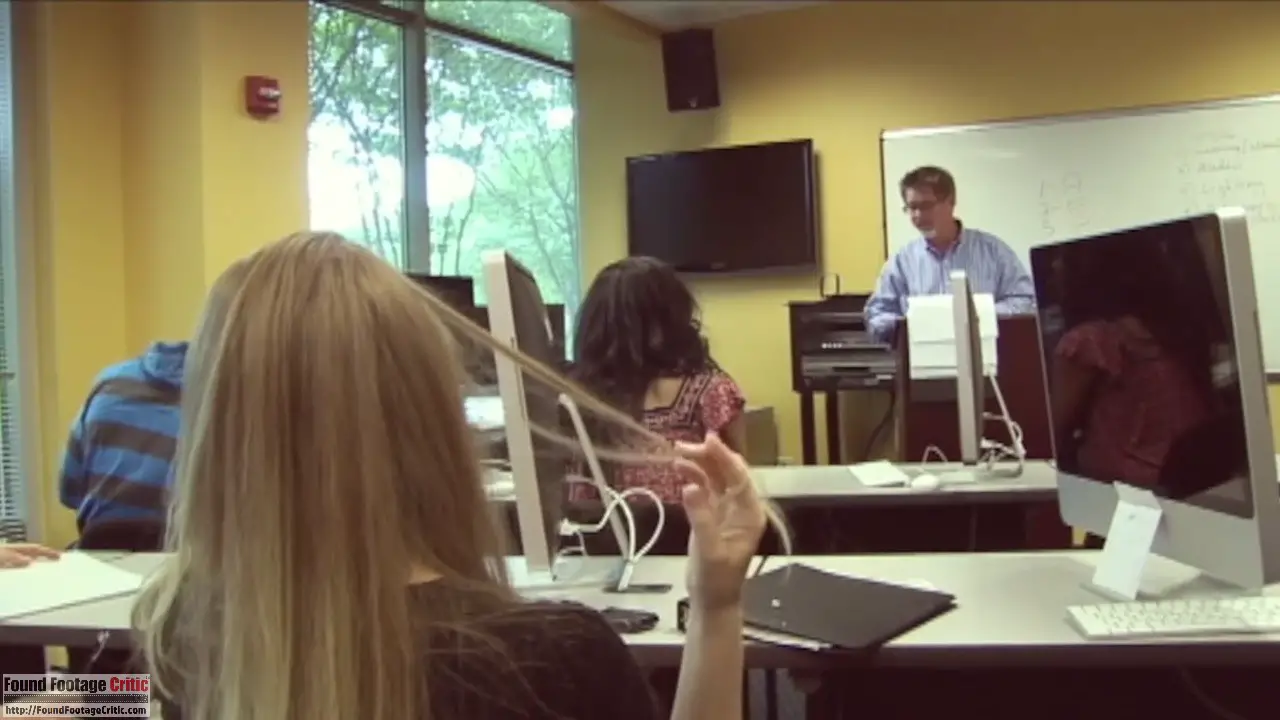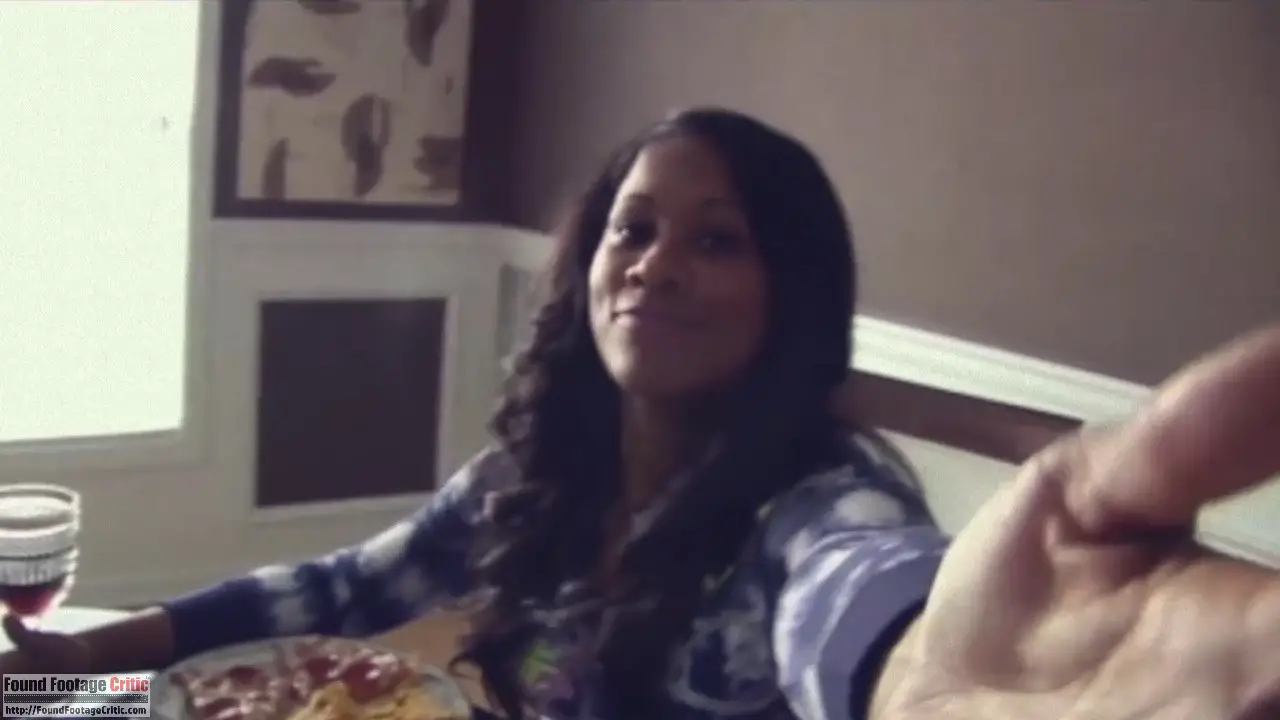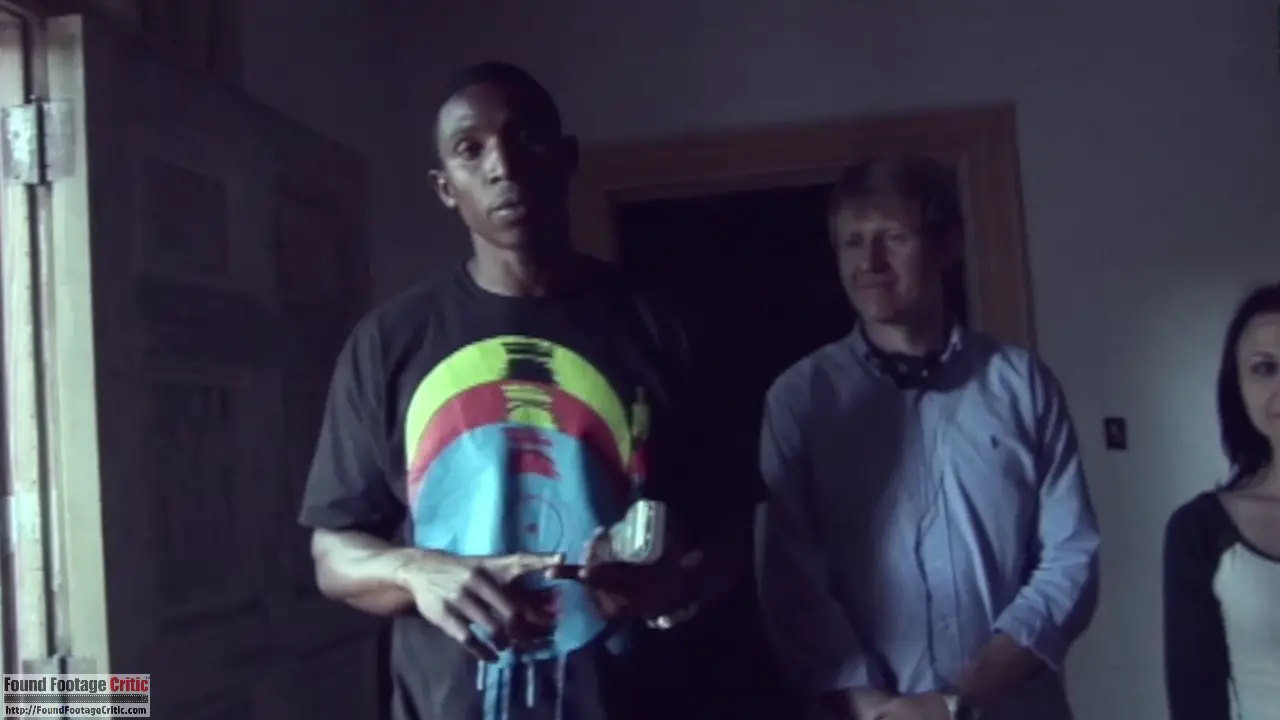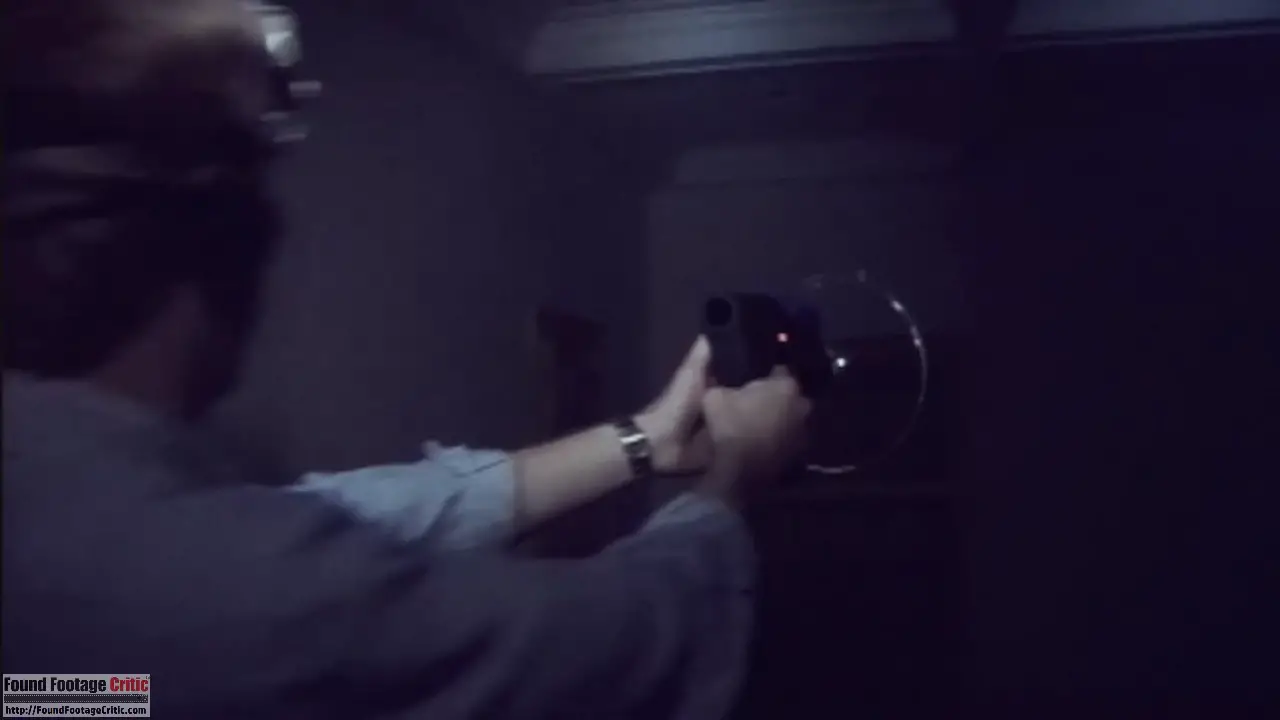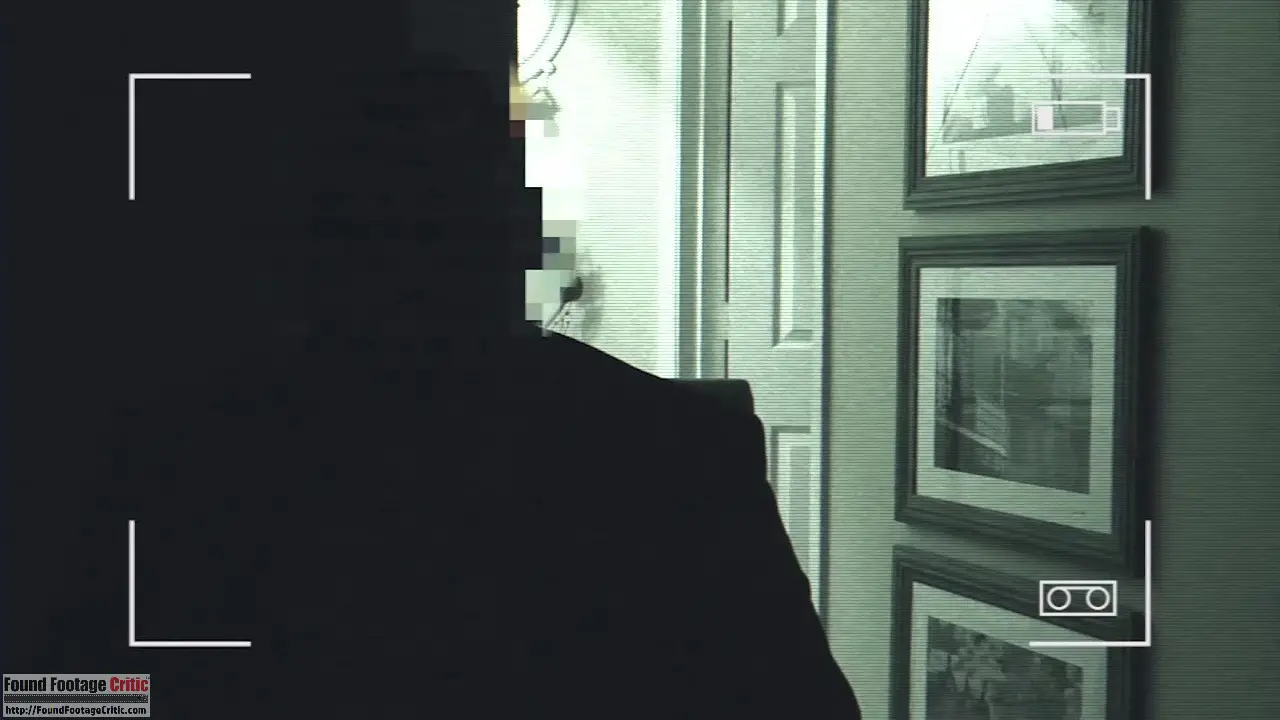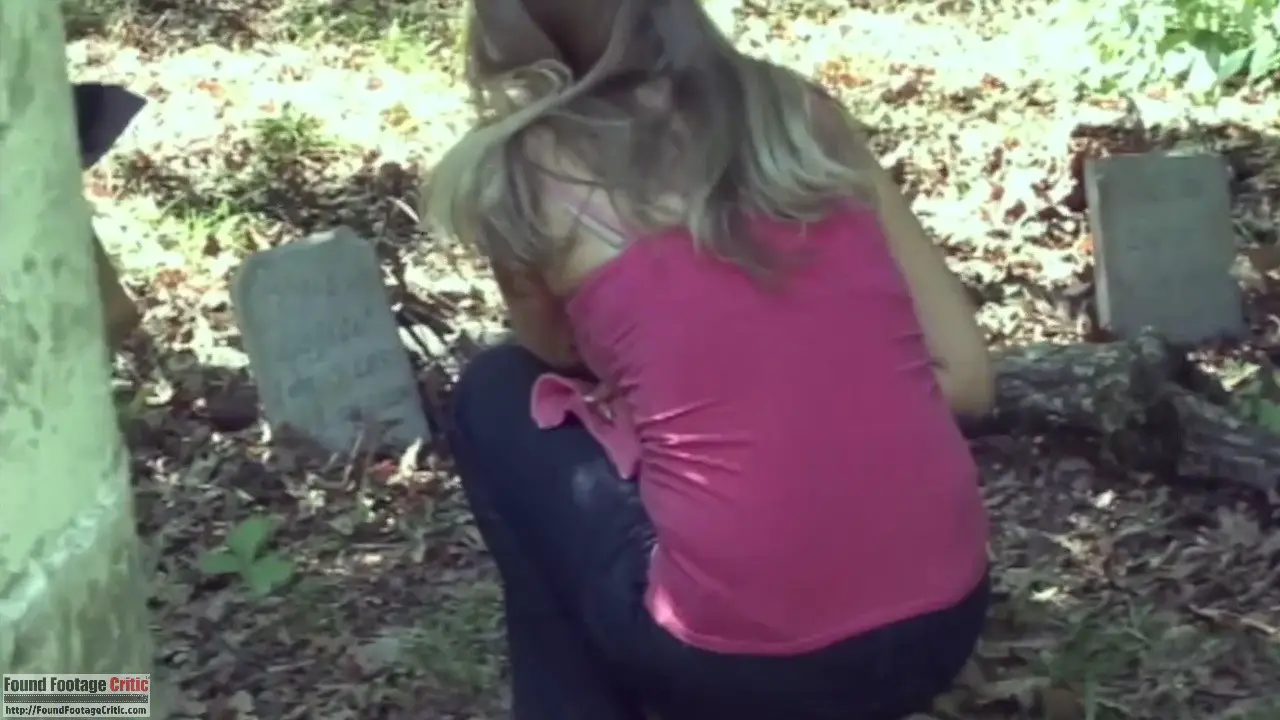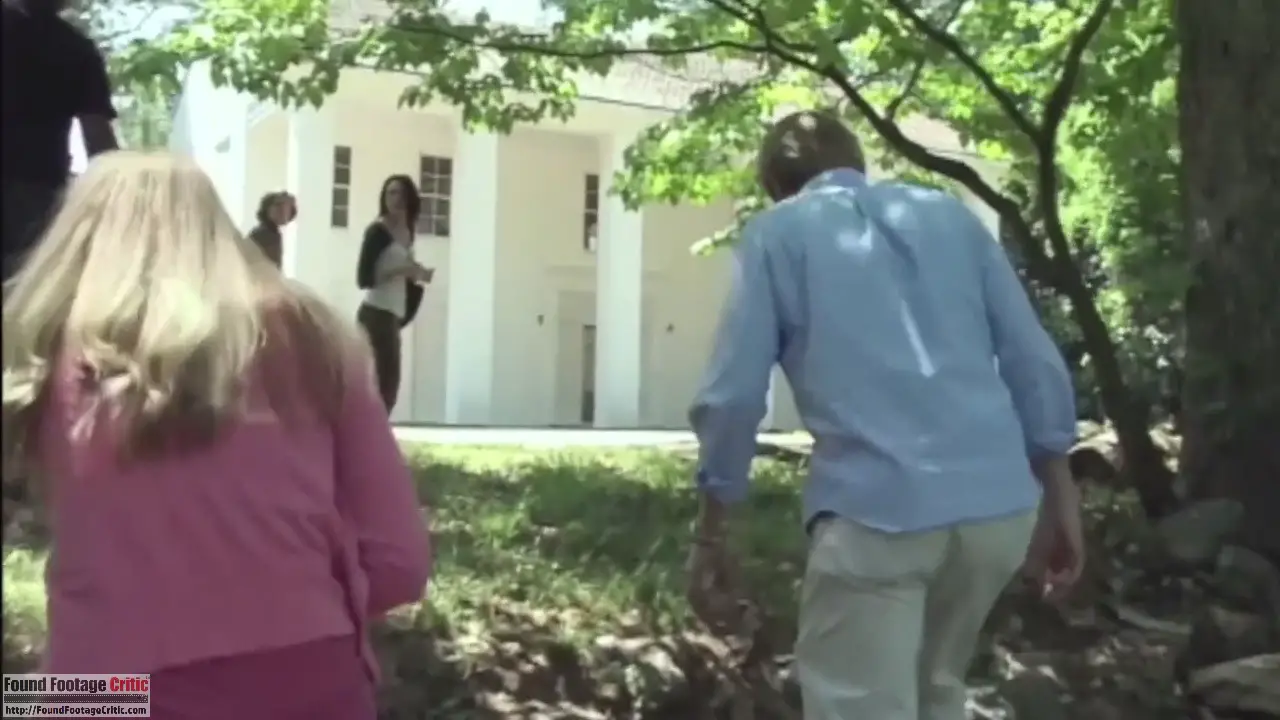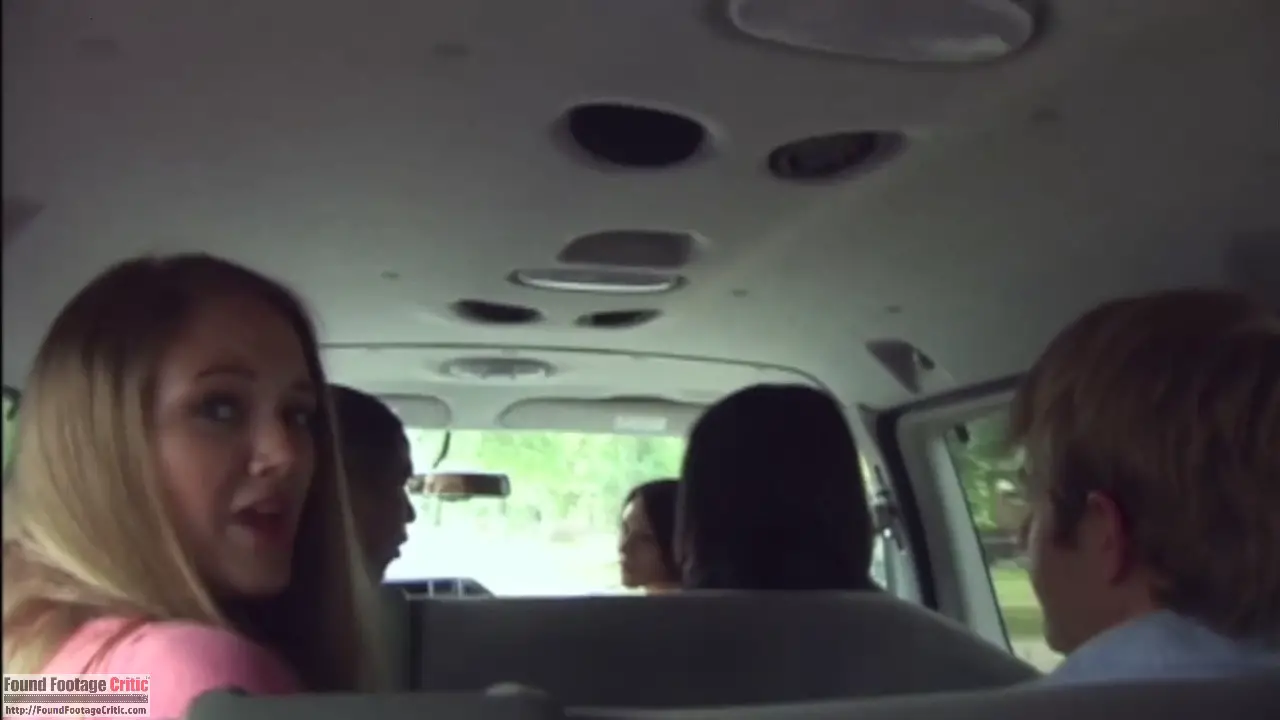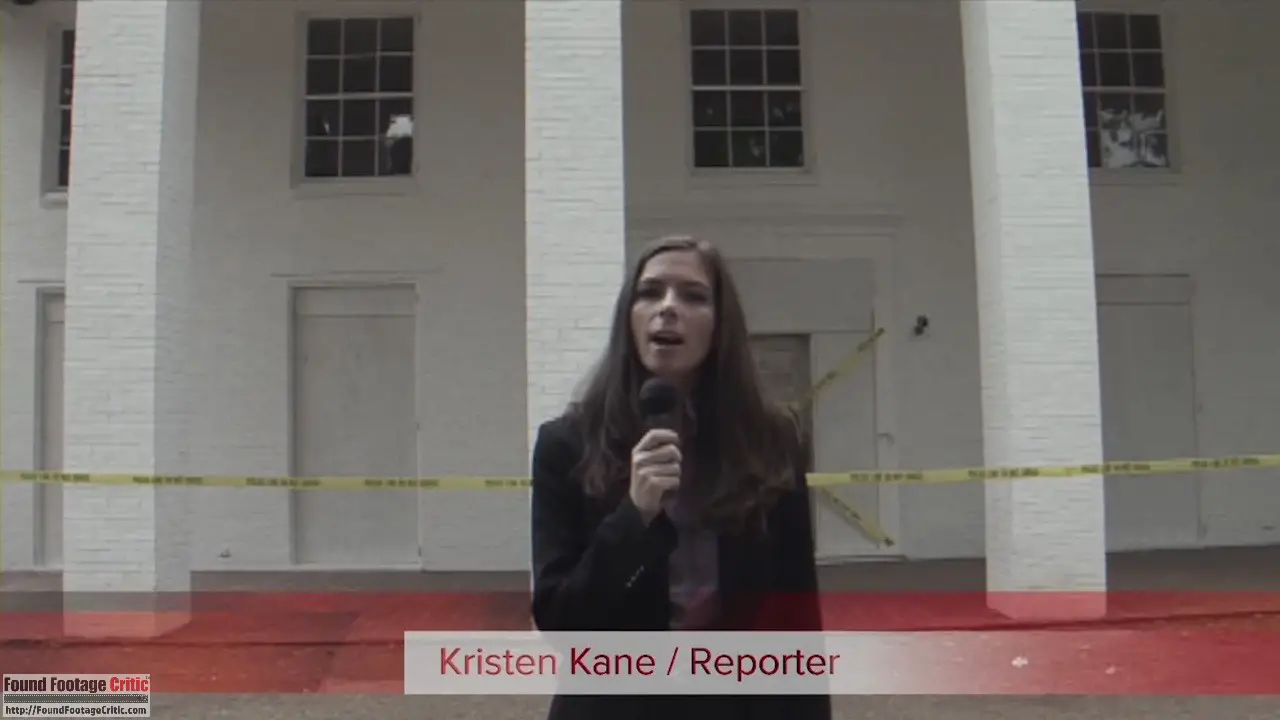 “The Final Project” is a found footage horror film directed by Taylor Ri’chard and written by Taylor Ri’card and Zachary Davis. The film follows a group of University students tasked with shooting a film for their final class project. As the subject of their documentary, the students elect to investigate an abandoned Louisiana plantation that’s rumored to be haunted, only to find themselves completely unprepared for the events that unfold before them.
“The Final Project” is a found footage horror film directed by Taylor Ri’chard and written by Taylor Ri’card and Zachary Davis. The film follows a group of University students tasked with shooting a film for their final class project. As the subject of their documentary, the students elect to investigate an abandoned Louisiana plantation that’s rumored to be haunted, only to find themselves completely unprepared for the events that unfold before them.
The film opens with an interview of an anonymous silhouetted individual who claims to have discovered the found footage that makes up most of the film we’re about to see. The interview ends with him saying, “I will never understand why they would go to a place that was known to be haunted. The Le Fite Plantation in Vacherie Louisiana is a place you don’t play with. They knew that.”
Following this foreboding statement, the screen fades to black and we’re presented with a pseudo-obligatory onscreen message common to so many found footage films before it, “In 2009, six university film students went to Vacherie, LA to research a haunted plantation. This footage is a compilation of the events that took place.”
From here, The Final Project, transitions to the actual found footage that runs for the duration of the film, which starts with interviews of Louisiana locals who are asked what they know about the Le Fite Plantation being haunted. Answers range from the completely uneventful to those who are clearly disturbed by the strange stories they’ve either witnessed firsthand or heard over the years.
During the scenes that follow, we’re introduced to the main cast of characters, all of whom are students in the same University film class. Genevieve (Arin Jones) is a boisterous film student who is dating fellow student Gavin (Sergio Suave). Adding controversy into the mix is Genevieve’s ex-boyfriend Jonah (Leonardo Santaiti) who is also in the class. Both Gavin and Jonah butt heads on more than several occasions as testosterone levels rise. Next there’s Anna (Teal Haddock) who is the most level headed and academically minded person in the group, and her fellow student and friend Ky. Finally, there’s Missy (Amber Erwin), who begrudgingly participates in the project, and makes sure everyone knows how she feels about it.
As part of the documentary, Anna describes the history behind the Le Fite Plantation, “It is legend that a former mistress along with four union soldiers died violently here and their spirits are said to still haunt these walls … We do have state of the art equipment that will capture some of the footage hopefully.” As night sets in, the group starts their investigation, but little do they know that this evening will literally be their “Final Project.”
Cinematography
The found footage cinematography in The Final Project is well executed. The footage in The Final Project is captured from a combination of handheld video cameras, head mounted video cameras, and stationary surveillance video cameras.
The students wielding the handheld video cameras are undergraduate film students rather than seasoned professionals, so we expect somewhat flawed cinematography during the course of the film. The Final Project includes several scenes where the video camera is aimed too low so the characters heads are cut off, which is prone to happen if a video camera is placed on a tabletop or too close to the subjects. While this filming technique is effective at conveying spontaneity and lack of cinematic experience, it’s used a bit too frequently and is sometimes distracting.
At Found Footage Critic we make an effort to highlight unique techniques and approaches used by found footage filmmakers, and The Final Project has one such scene that’s worth mentioning. The Final Project excels in it’s treatment of the footage captured from the head mounted video cameras. Without entering spoiler territory, there is one scene worth noting where a camera is submerged in water. The visual and especially the audio effects employed during this particular scene are unique, extraordinarily well done, and very creepy.
Found Footage Purity
The found footage purity in The Final Project (2016) is effective, but is not perfect. One of this reviewer’s pet peeves is the inclusion of the video camera onscreen graphics (e.g. viewfinder border and recording icon) in the recorded footage. An early scene of the film includes these elements, which while visible during recording, would not save to video.
The Final Project includes at least two scenes where overt sound design (bordering on incidental music) is employed to ratchet up the tension during those scenes. While music or rhythmic sound is effective at increasing tension, adding artificial sound for brief segments during an otherwise pure found footage film can often have the opposite effect, taking some viewers out of the moment. Since found footage films typically contain no background music, viewers are more sensitive and aware when artificial sound presents itself – for this reason, sound design in found footage films is most effective when applied more subtly than typically used in narratively shot films.
Despite these small issues, the found footage purity in The Final Project is overwhelmingly effective and convincing.
Filming Reason
The filming reason used in The Final Project is very strong. The captured footage is recorded by film students who are tasked with filming a documentary, which by its very nature includes filming the preparatory work, planning, setup, and actual location filming. The use of multiple hands-off cameras, such as the head mounted camera and surveillance cameras removes many of the “why is he/she still filming?” questions that often arise when characters are placed under stress or are fleeing a dangerous situation.
Acting and Plot
The Final Project excels at creating natural dialog among the ensemble cast when they are interacting in group settings. One early scene that is choreographed well takes place in a university classroom where the cast are broken into small clicks, each having their own overlapping conversations while they are waiting for the class to start. There’s a similarly well shot scene taking place in the van that the group uses to drive to the plantation.
While the group conversations are extraordinarily well done, especially for found footage, it’s the one-on-one conversations among cast members that is sometimes challenged. One particular pet peeve of many found footage fans is the excessive use of bickering or arguing among characters, and The Final Project uses this tactic ad nauseam. Quite often the reasons for these arguments come across as artificial and unrealistic, and unfortunately, these scenes permeate the entire film. In an otherwise strong found footage film, it’s this single salient point that most negatively impacts the immersion and entertainment value of The Final Project.
The acting in The Final Project is effective across the board – the main ensemble cast are adequately developed early on, providing motivation for their behavior and actions. Looking beyond the main protagonists, Benjie Anderson as the plantation caretaker performs well in his role as a person who both respects and fears the facility he’s tasked with maintaining. Robert McCarley as the university professor is convincing in his role of the consummate academic.
The Final Project creates some good false jump scares (and one actual jump scare) early on in the film, which should get unsuspecting viewers. The film also effectively employs unsuspectingly jarring sounds throughout the latter part of the film, that may effectively unnerve some viewers, adding to the tension.

